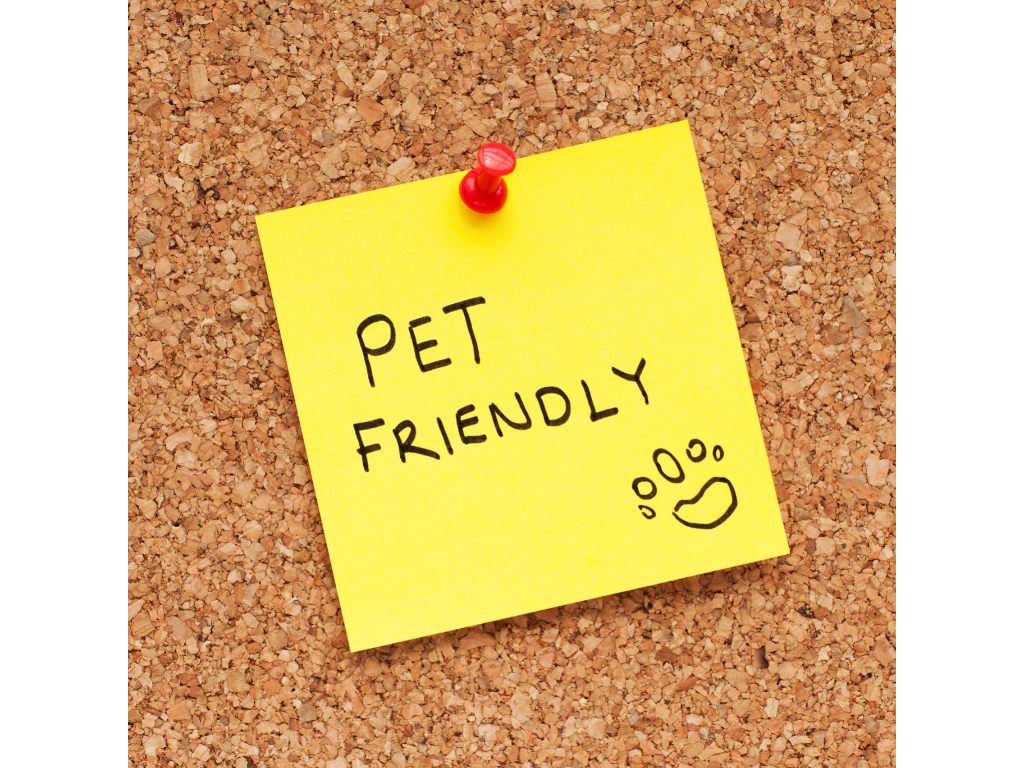
10 Ways To Pet-Proof Your Rental (And Keep Your Bond!)
If you’re reading this, you may be about to move into a rental with a pet for the first time — if so, congratulations for doing your homework beforehand!
Or maybe you’ve had the frustrating experience of losing your bond, due to pet damage, and want to avoid history repeating…
Either way, you probably know it’s your responsibility to repair any damage at the end of the lease – sooner if it is serious damage or an ‘urgent repair’.
So if you want to be in the best possible position to get your bond back, learn how to pet proof your rental property now.

So Why Pet Proof Your Rental Property?
When pets cause damage, the cost can be far more than you’d imagine.
You may think the extent of your liability is the pet bond — $260.
In fact your landlord can claim for any damage or lack of cleanliness arising due to your tenancy. Where there is significant damage it can get very expensive.
So ‘pet-proofing’ can save you big bucks!
Pet damage can also make it harder to get another rental in the future, especially one allowing pets. A little extra care now can help avoid future problems.
If you’re a property owner, see Property Rentals in Perth: A Guide for Landlords for more advice on how a pet-friendly property can increase your yield, how to select the right tenant and do your due diligence.
What Types of Pet Damage Are Most Common?
Of course this depends on the pet, but types of damage that frequently cause bond claims, include:
- stains/permanent odours from pet urine/excrement
- scratched floors, doors, skirting boards
- torn curtains, screen doors
- dead grass / plants, damaged fences/reticulation
- flea infestations.

So What Can I Do?
First, try to rent a property that is pet friendly!
You know your pet’s behaviour best, but generally we recommend looking for:
- room to exercise
- gardens with hardy shrubs and lawns
- vinyl, tiles or tough, low-pile carpets that are easy to protect/clean
- ‘lived in’ homes
- fencing
- if possible, a pet door.
If looking at apartments, ask to see the pet by-laws — some strata complexes don’t allow pets, or have strict rules about their size.
Also be prepared to do further ‘pet-proofing’.
To help you, we’ve listed the top strategies shared by our expert team to pet proof your rental.
1. Protect vulnerable areas
Protect areas where your pet can’t be trusted — for example, rooms with pale carpet. Use baby gates, or close doors.
2. Set up good routines
Ensure your pet has toileting access, preferably outside.
Help them adapt to their new home so they won’t become stressed — the RSPCA provides great tips.
3. Avoid boredom
Try a sandbox for a dog that enjoys digging, and food toys. Get cats a scratching post.
4. Train your pet
Teach your dog what they can and can’t chew.
5. Protect floors
Put mats under food/water bowls, and litter trays.
6. Deal with damage and odours promptly
If accidents happen, clean up immediately, using products designed to neutralise pet odours.
7. Keep your pet clean and healthy
Bathe and treat for fleas regularly, to avoid infestations.
8. Provide company and exercise
Dogs are less destructive if well exercised and not left alone for too long.
9. Replace damaged plants/lawn
If your pet digs up plants, kills grass, or damages fencing, rectify this — create a barrier so it can’t happen again.
10. Protect doors
Install a pet door or protective acrylic panels to avoid scratching damage.
NOTE: always consult your property manager for approval before making changes like installing a pet door!
So what should I do now?
If you’re already renting, talk to your property manager before you install anything. They’ll help you pet proof your rental property the right way!
If you’re house hunting and want expert advice, call We Love Rentals today on 6254 6300 or contact us online. Our experienced, friendly team can help find the right property for you and your four legged friends!

